Table of Contents
You’re sitting across from someone you love, and yet, your chest feels tight. They didn’t text back right away. Their tone felt… off. You know it might be nothing, but deep down, a voice whispers: They’re pulling away.
If this feels familiar, you’re not alone. For people struggling with rejection sensitivity in relationships, love can feel like walking barefoot across broken glass—each minor bruise or misstep confirming a fear of being left behind. But why does it hurt so much? And how does this sensitivity shape the way we love?
This is the psychology of rejection sensitivity, and understanding it might be the first step toward healing.
Why rejection sensitivity in relationships cuts so deep
Rejection isn’t just “in your head.” Neuroscience shows that the brain registers social rejection in the same place it processes physical pain—the anterior cingulate cortex. To someone with high rejection sensitivity, even ambiguous behaviors from a partner (a late reply, a distracted tone) can feel like emotional stabs.
“Social rejection activates the same neural pathways as physical injury. No wonder it hurts so deeply.”
In a 2003 fMRI study, researchers found people experiencing social exclusion showed heightened activity in brain regions tied to physical pain.
This explains why rejection-sensitive individuals live in a state of quiet hypervigilance, scanning for signs they’re about to be abandoned. Relationships feel less like safe havens and more like tightropes.
When both partners are high in rejection sensitivity, this dynamic often intensifies. Each person, fearing rejection, may react in ways that confirm the other’s fears—creating a painful loop of mistrust and conflict.
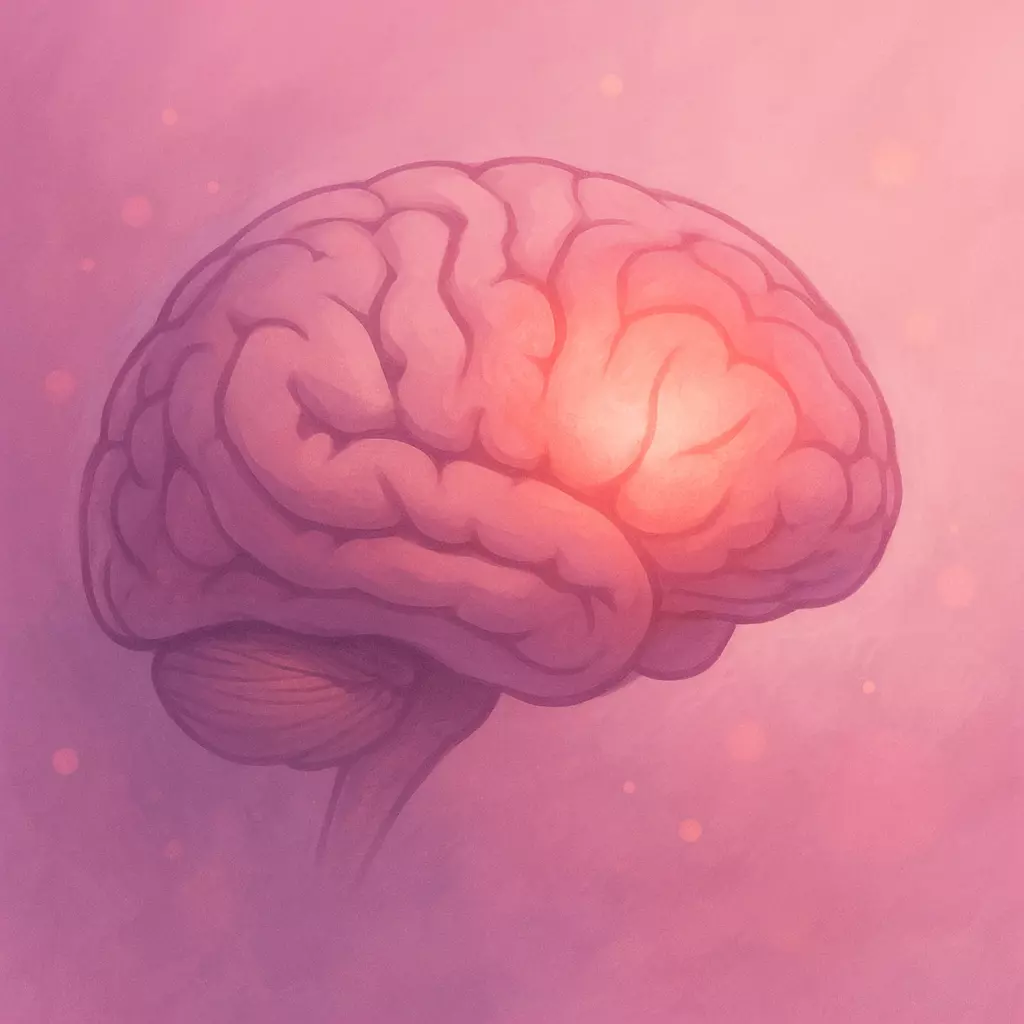
How fear of rejection changes your behavior in love
Rejection sensitivity isn’t just a feeling—it’s a filter through which every interaction is colored.
Studies show people high in rejection sensitivity often engage in behaviors that ironically push partners away:
- Silencing their needs to avoid conflict
- Over-accommodating to keep the peace
- Becoming jealous or controlling out of fear
- Withdrawing emotionally when hurt
In one study (Downey et al., 2010), men with high rejection sensitivity showed more jealousy and controlling behaviors, while women leaned toward hostility and withdrawal.
These are not flaws. They’re protective strategies—your brain’s attempt to shield you from rejection. But over time, they can erode trust and intimacy, leaving both partners feeling unseen and unsafe.

Why Breakups Hurt So Much (Science of Heartbreak & Healing)
Let’s examine breakups in: Biology of love & loss, Attachment styles, Rejection psychology, Closure, Rumination, Grief
Tap here to read more →Can you unlearn rejection sensitivity?
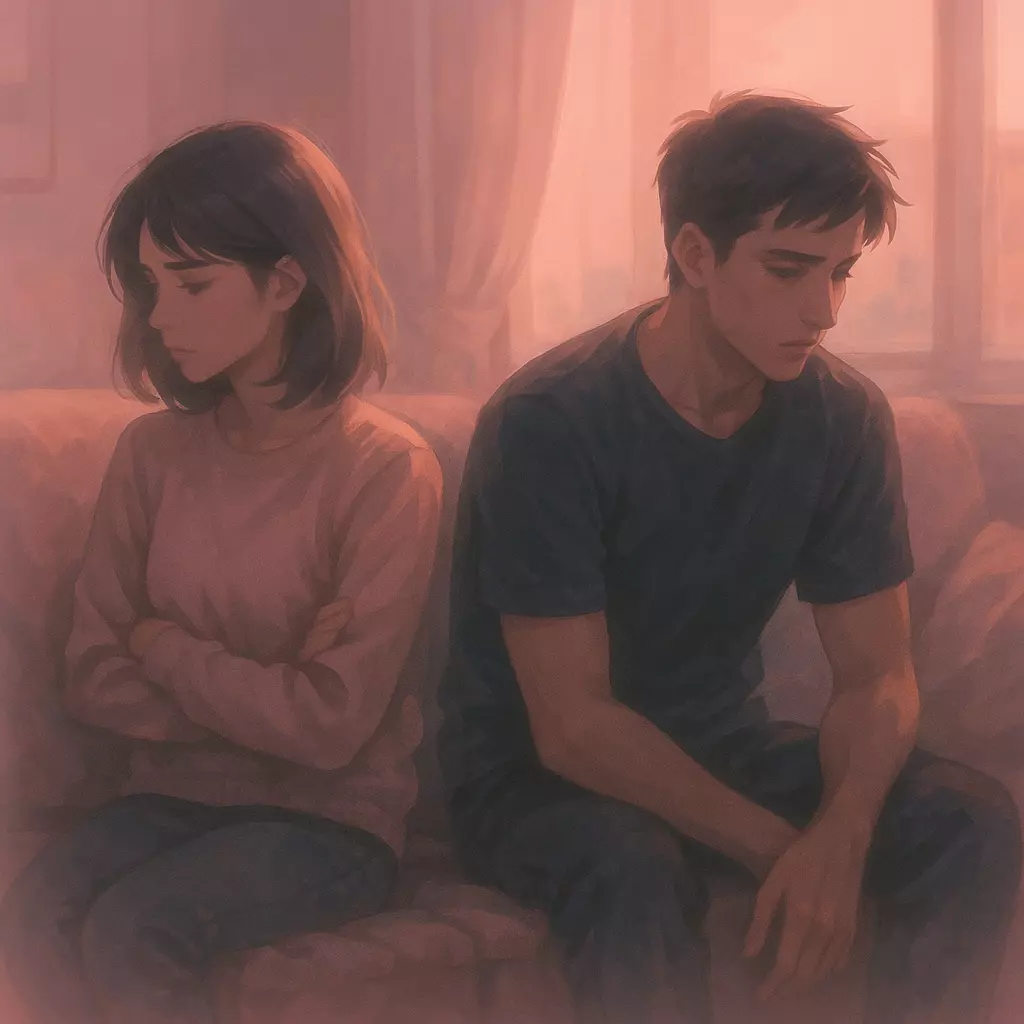
Here’s the hopeful truth: rejection sensitivity isn’t a life sentence.
Awareness is the first and most powerful step. When you recognize the difference between real and perceived rejection, you create space to respond with curiosity rather than defensiveness.
- Cognitive Behavioral Therapy (CBT) to challenge automatic rejection thoughts
- Mindfulness to soothe the nervous system and stay present
- Open communication with partners:
“I know I can be quick to assume you’re pulling away. Can we talk about it before I spiral?”
Over time, these small shifts can break the cycle, allowing relationships to feel less like battles for survival and more like spaces for growth and connection.
Love is never without risk, but it doesn’t have to hurt like this. By understanding your own tender spots, you can begin to offer them—and yourself—the gentleness they’ve needed all along.
FAQ
Q1. What is rejection sensitivity in relationships?
Rejection sensitivity in relationships is a heightened fear of being rejected or abandoned by a partner, often leading to misinterpreting neutral actions as signs of rejection.
Q2. How does rejection sensitivity affect romantic relationships?
It can create cycles of mistrust and conflict, as people may overreact, withdraw, or engage in self-sabotaging behaviors driven by fear of rejection.
Q3. Can you overcome rejection sensitivity?
Yes. With self-awareness, therapy, and healthier communication, rejection sensitivity can be reduced over time.
Q4. Why does rejection sensitivity feel so painful?
Because the brain processes social rejection in the same areas as physical pain, making it feel emotionally and physically distressing.
Scientific Sources
-
Mishra, Reis & Allen (2024): Predicting relationship outcomes from rejection sensitivity in romantic couples: testing actor and partner effects
Key Finding: Individuals with higher rejection sensitivity reported lower relationship satisfaction, increased jealousy, and self-silencing; couples with both partners high in rejection sensitivity showed the worst outcomes.
Why Relevant: Shows direct link between rejection sensitivity and unhealthy romantic dynamics.
https://link.springer.com/article/10.1007/s12144-024-06431-5 -
Downey, Romero-Canyas, Ayduk et al. (2010): Rejection Sensitivity and the Rejection–Hostility Link in Romantic Relationships
Key Finding: Men high in rejection sensitivity displayed more jealousy and controlling behaviors, while women exhibited hostility and withdrawal, both leading to partner dissatisfaction.
Why Relevant: Highlights gendered behaviors in response to rejection sensitivity within romantic relationships.
https://psychology.columbia.edu/sites/default/files/2016-11/merp.pdf -
Eisenberger, Lieberman & Williams (2003): Does rejection hurt? An fMRI study of social exclusion
Key Finding: Rejection activates the anterior cingulate cortex, overlapping with physical pain areas, explaining the visceral distress of social rejection.
Why Relevant: Provides neurological evidence for why rejection feels like physical pain.
https://science.sciencemag.org/content/302/5643/290
- Rejection as Redirection: The Powerful Science of Cognitive Reframing

- Why We Get Addicted to Rejection (and How to Break Free)

- Self-Worth After Rejection: 5 Powerful Ways to Rebuild and Thrive
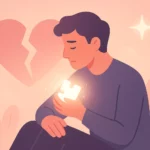
- Why Youre Taking Rejection Personally (and How to Finally Stop Hurting)
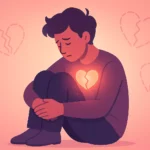
- Modern Dating Rejection: Why Micro-Rejections Hurt More Than You Think
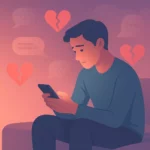
- Rejection Sensitivity in Relationships: Why It Hurts and How to Heal
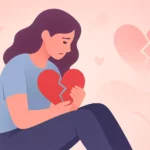
- The Psychology of Rejection: Why Heartbreak Hurts and How to Heal
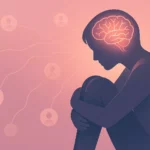
- The Painful Psychology of Rejection: Why It Hurts and How to Heal
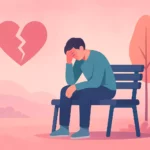
- Attachment Style and Breakups: Discover Yours to Heal Faster


Leave a Reply